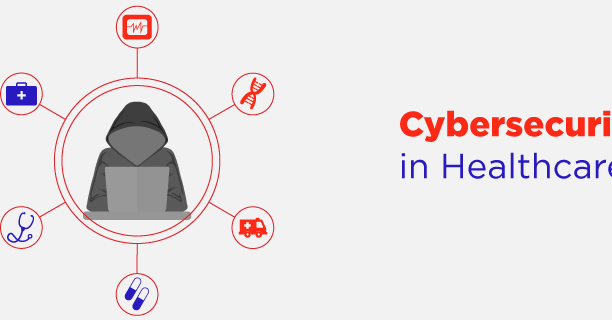Healthcare is among the most valuable and vulnerable services a country can provide its citizens. It merges medical excellence with a sprawling infrastructure designed to collect records, connect patients with medical professionals, and keep the system operational.
This infrastructure and the data it protects are under siege. Threats range from bad actors through malicious insiders to outdated systems. This article outlines the most serious challenges. It offers guidelines healthcare professionals and other interested parties can use to address their institution’s cybersecurity shortcomings.
The Many Threats Targeting Healthcare
The healthcare sector generates and collects overwhelming amounts of personal health information (PHI). Its institutions also need access to patients’ personal and financial information for payment purposes. It’s unsurprising that healthcare suffers the most data breach attacks out of any industry, averaging close to 1,500 per week in 2022. That’s a sharp 70% increase from the previous year, and the number of incidents will only grow.
Data breaches compromise facilities’ medical and financial records. That leads to millions in damages to the sector and affected patients who may become victims of identity theft. Reputation and trust suffer as well, prompting patients to seek treatment elsewhere. Sadly, data breaches are just the most well-known in a variety of threats. What else is there?
Ransomware
Malware can find its way onto healthcare providers’ networks in countless ways. Some of it spies on network activity or tries to access confidential records. Ransomware is the most dangerous type of malware for healthcare institutions. It can lock critical systems and data up unless its creator’s demands are met.
Ransomware attacks heavily favor healthcare since affected institutions can’t afford the potentially life-threatening delays they cause. Hospitals, clinics, etc., are more willing and likely to pay to resolve the situation quickly, and hackers know this.
DDoS attacks
Distributed Denial of Service is an orchestrated attack designed to overwhelm a server with requests. Inaccessible servers mean medical professionals can’t pull up patient data, schedule appointments, or perform other critical tasks. A DDoS-induced delay could result in patients not receiving critical care in time.
Careless behavior & insider threats
Healthcare workers unaware of cybersecurity best practices can do much unintentional harm. They may respond to phishing emails. That results in cybercriminals gaining access to confidential data without forcing their way in. Data breaches usually include account information. Using the same or a similar password for more than one account is a failing that hackers can exploit to gain access.
Not all insider threats are the result of carelessness. Sometimes, dissatisfied employees with a high enough security clearance can sabotage company servers or sell off sensitive data.
Reliance on old systems
Maintaining a modern IT infrastructure and robust cybersecurity might not have been a top priority during budget creation. It’s not uncommon for core IT infrastructure in major hospitals to be more than a decade old and to run on operating systems with no technical support. Bad actors are aware of unpatched exploits and regularly take advantage of them.
Vulnerable modern devices
Adopting the newest technologies also comes with challenges. Internet of Medical Things (IoMT) devices offer an interconnected approach to PHI gathering and monitoring that gives medical pros deeper insights. However, such devices have notoriously lax security and can serve as entry points for more severe attacks.
Unclear cybersecurity policies
A mismatch of services does more harm than good. Hospitals regularly rely on multiple cybersecurity providers whose agency often overlaps. This can strain already lackluster cybersecurity budgets while leaving room for gaps no one seems to be responsible for.
What Measures Can Healthcare Institutions Take?
While numerous, the threats we listed aren’t impossible to overcome. Institutions need to assess their current cybersecurity efforts and devise comprehensive policies to address deficiencies.
Safeguarding patient data should take precedence. Working with cloud storage providers can accomplish this goal on multiple levels. Medical and other data stored in the business cloud storage is protected by state-of-the-art encryption. Even if someone gains unauthorized access, they can’t get any useful information without the encryption key.
Migrating a copy of their records to the cloud also protects institutions from ransomware attacks and physical threats to their infrastructure.
Altering healthcare workers’ cybersecurity attitudes and behaviors is another crucial consideration. Institutions can accomplish much by introducing regular cybersecurity training. It should cover essential skills like identifying phishing emails and maintaining good password hygiene.
When finances allow, new IT infrastructure should replace obsolete systems. All operating systems, medical software, and anti-malware protection should receive automatic updates to keep up with constantly adapting threats.
Conclusion
The volatile combination of valuable data and often inadequate protection measures makes healthcare a prime target for different cybersecurity threats. Learning about and developing ways to address them is the only way forward if healthcare institutions want to continue serving their communities with efficiency and trust.

